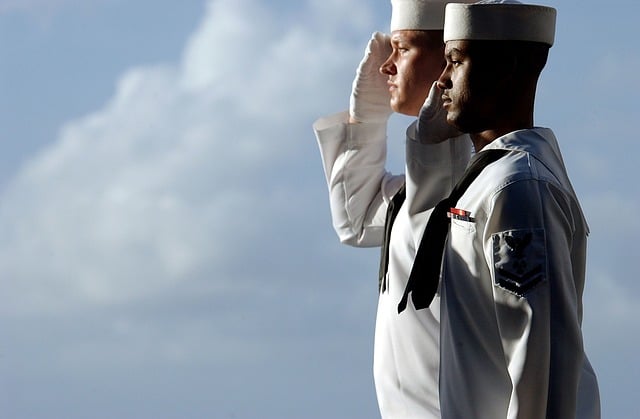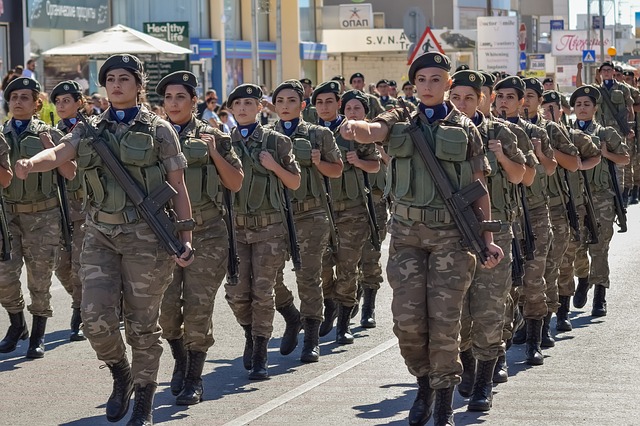
The voice of command is associated with authority and subordination.
The notion of command voice is used to name the authority and leadership power that someone has over their subordinates. Whoever has the voice of command in an entity can give orders to other individuals.
Typically, the idea of command voice is used in the military field . In this context, the voice of command is the orders that the superior officer transmits, either in writing or orally, to his subordinates. The command voice can be preventive (to draw the subordinate's attention and anticipate what is going to be done) or executive (order the action in question).
Command voice example
The classic example of a command voice in a military organization is the following: "Attention... stand firm!" . In this case, the superior first utters the preventive command voice, warning the subordinate that he must be prepared to execute an action.
Seconds later, he expresses the executive voice of command that, effectively, forces the subordinate to carry out the action . The result of this command is that the soldier must take a stand.
The closed order
This definition within the military field is located in the context of another concept, that of closed order , which can be defined as the instruction that a soldier in command gives to his subordinates to move within a battlefield, or in another site if a certain situation justified said mobilization of the group of soldiers.
It is important to note that the change of position refers to the whole, since the formation itself must be maintained; In other words, it is not a movement that leads them to disband, but rather a change of location in an orderly manner.
The command voices are essential for the closed order, as much as the instructions of an orchestra director are so that the dozens of musicians who may make up the orchestra follow a thread and play their instruments all at the same speed, following the same rhythm. .

The voice of command is essential for coordination and organization.
Command and leadership voice
It goes without saying that not everyone has the capacity to assume a role like this: transmitting command voices is not as simple as repeating previously memorized phrases for each type of situation, but rather requires a natural predisposition to leadership and a drive that only some can deploy.
Among the cases in which the people can witness the operation and dynamics of the voice of command are the typical parades of events intended to commemorate a war or the declaration of independence of a country.
Far from being a simple choreography for aesthetic purposes, the level of synchrony that the closed order pursues through the voice of command has the main objective of preparing soldiers to act in a coordinated manner on the battlefield, teaching them to react quickly. and effectively when they receive an order to guarantee the safety of the entire team and the success of the different strategies.
The concept in colloquial language
In colloquial language, the concept of voice of command is associated with someone who has the ability to give instructions . Just as in the army , the voice of command in this sense also implies a way of being that inspires respect; It is not enough to occupy an important position to get another person to respond to our orders.
Let's look at some examples in this context: "As soon as he entered the playing field, the experienced defender assumed the command voice and began to tell his teammates where they should be located," "Daughter, in the future I am going to give you the command voice of this company, but I want you to be prepared to take responsibility ."
Voz de mando , finally, is the name of a musical band of Mexican origin.
